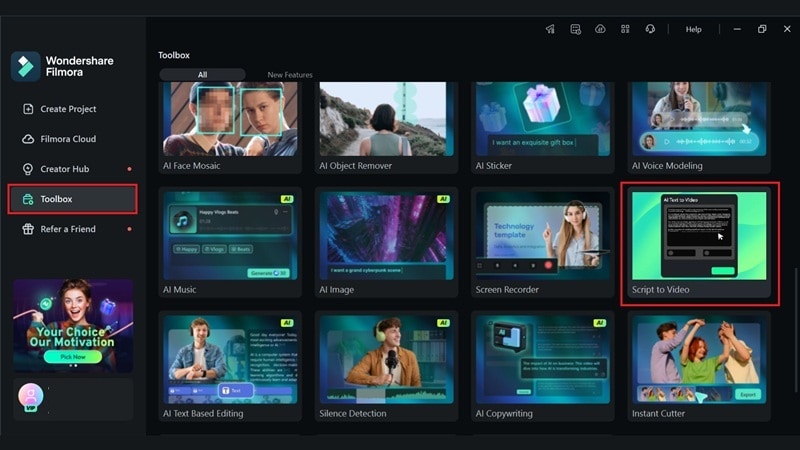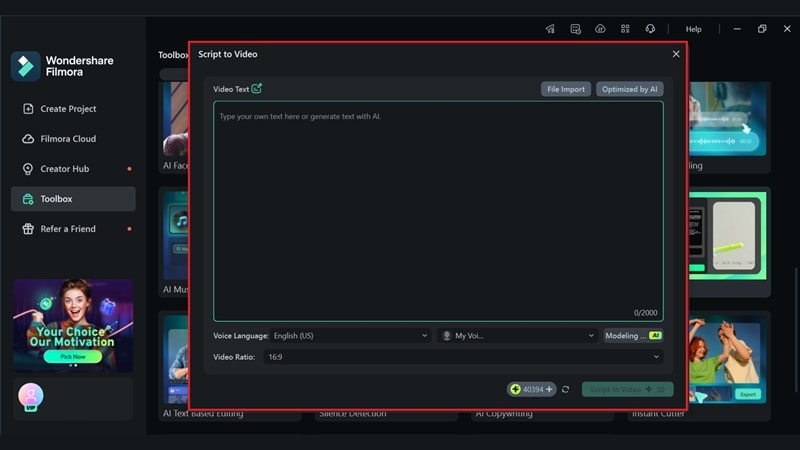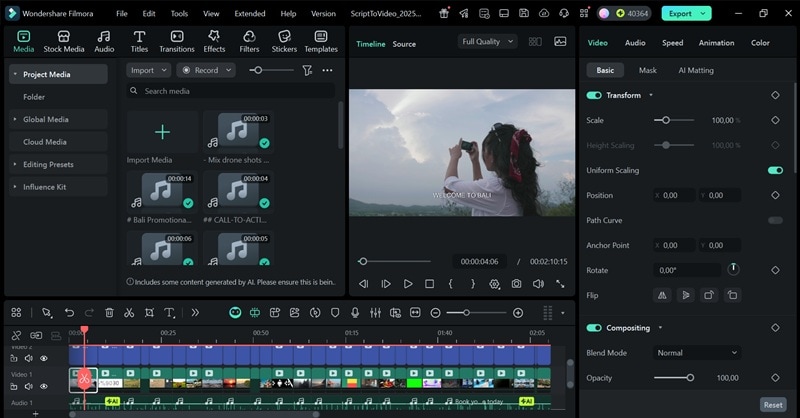In this article
Definition Section - What is Claude AI?
Claude is Anthropic's line of advanced AI models, created by a team that originally came from OpenAI. Instead of trying to behave like a do-everything assistant, Claude focuses on strong reasoning skills. It excels in areas that benefit from precision, such as coding, structured writing, and problem-solving.
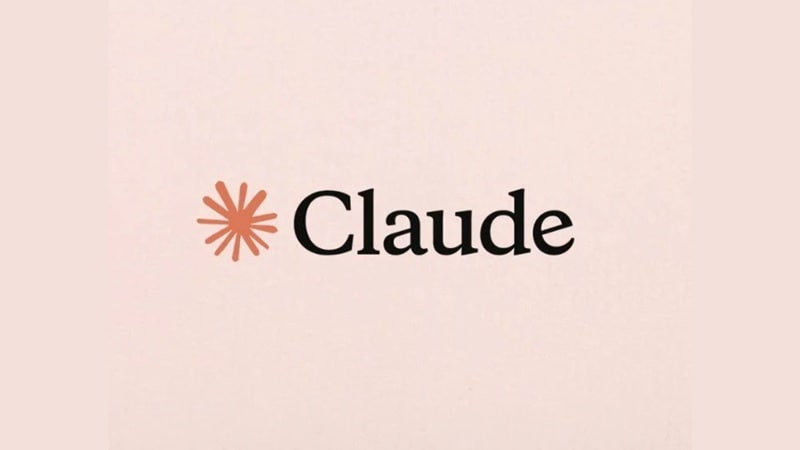
Key Features/Core Capabilities of Claude AI
Claude is a multimodal model with its strongest skills in natural language processing (NLP). It can take in text, images, and audio, then produce everything from answering questions and condensing long documents to creating detailed write-ups, diagrams, animations, and even full blocks of code.

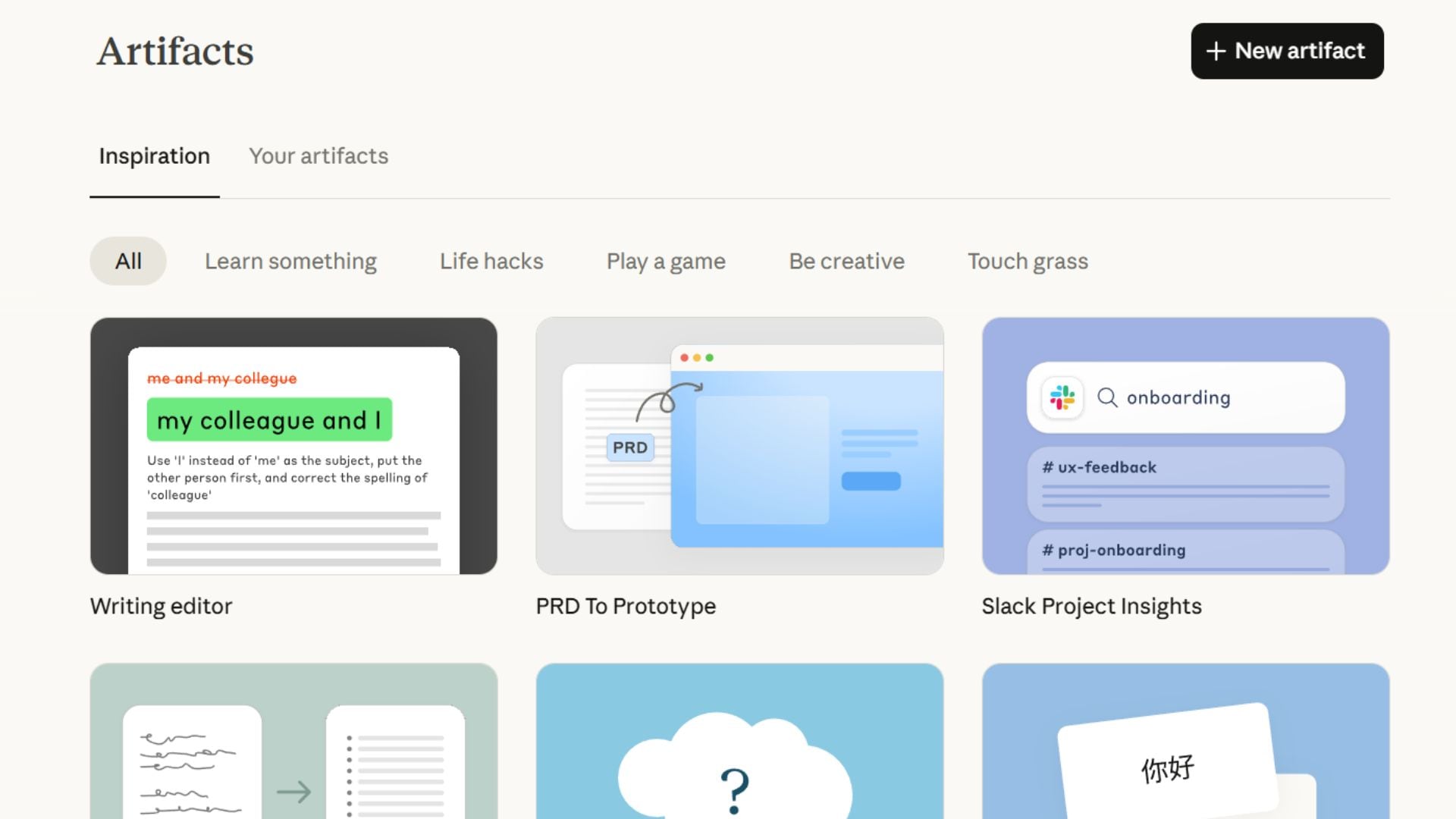
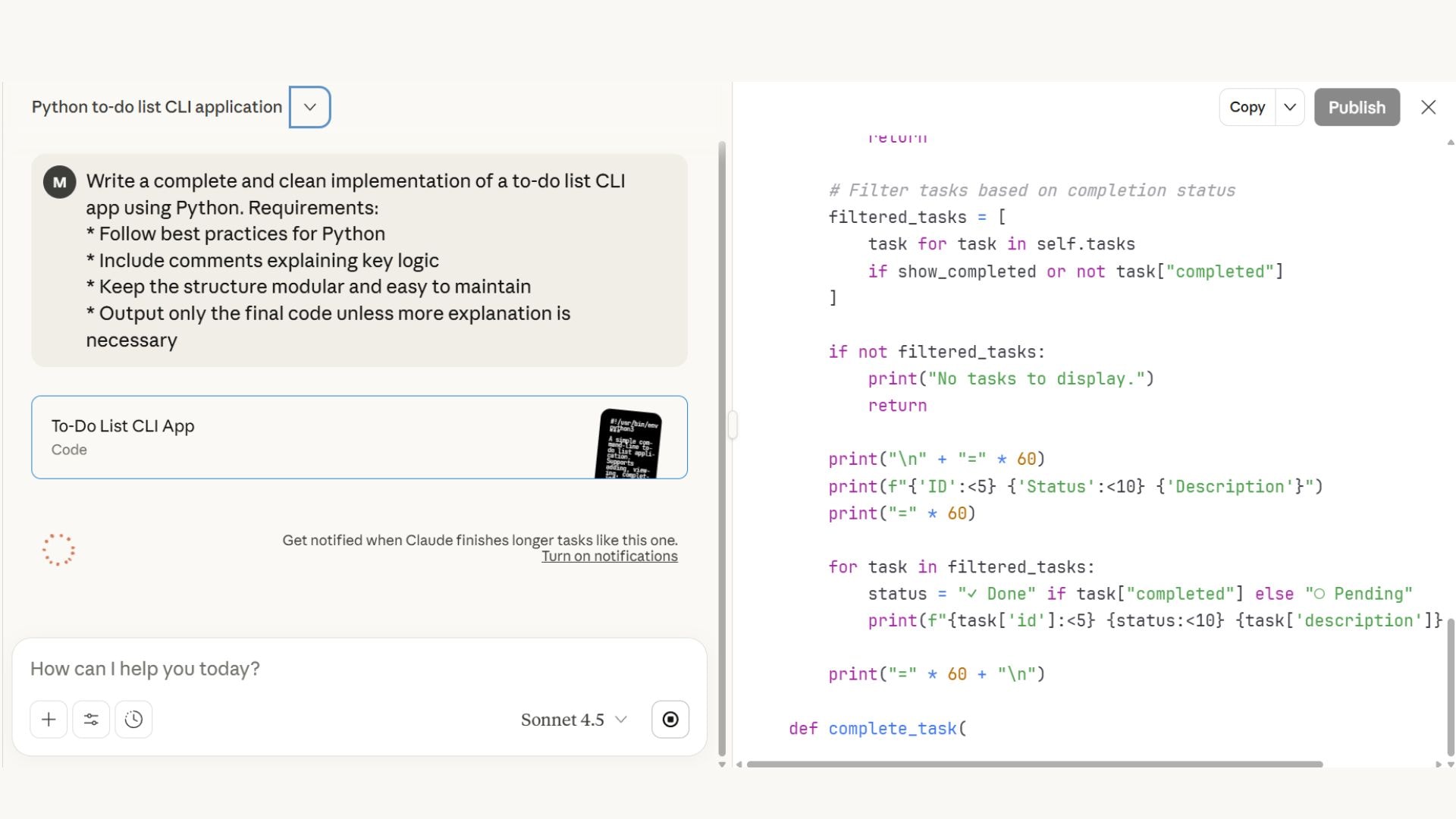
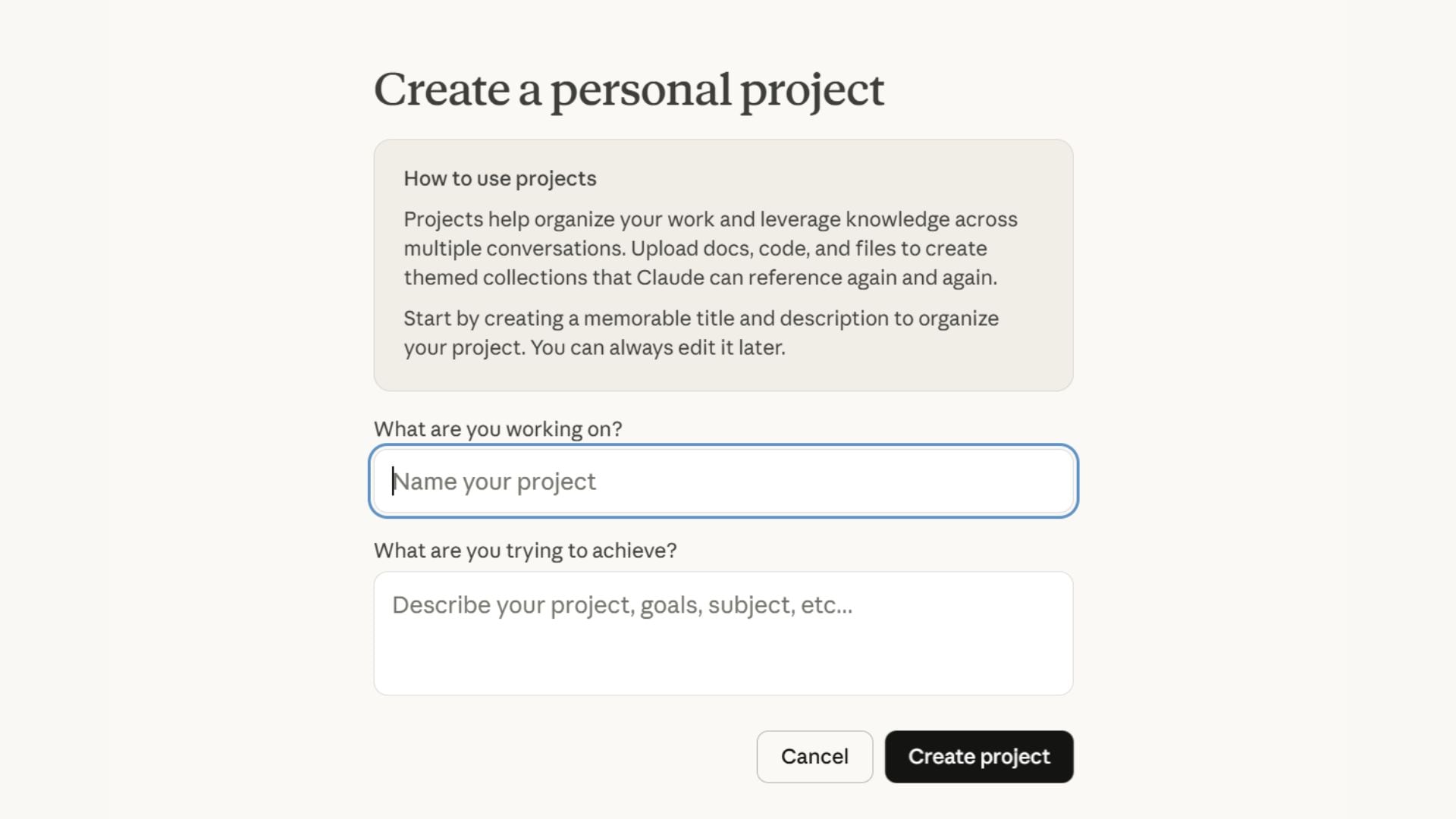

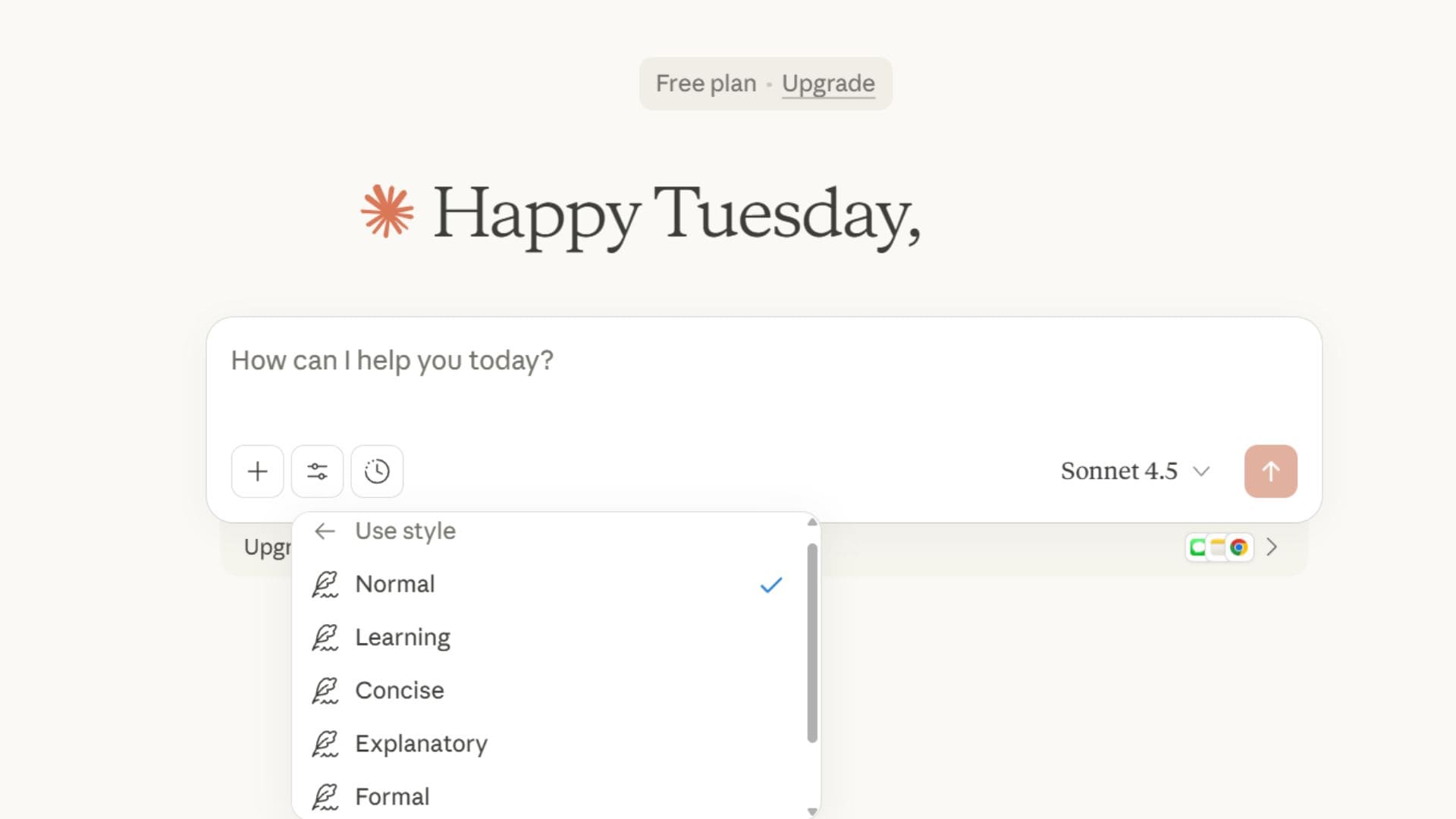
Technical Specifications
| Model Type | Transformer-based Large Language Model (LLM) |
| Training Data | Trained on a large corpus of text data from various sources using constitutional AI methods and reinforcement learning from human feedback (RLHF). |
| Availability | Web interface at claude.ai (desktop and mobile), Mobile apps (iOS and Android), API via Anthropic's developer platform, and Claude Code (command-line tool for developers) |
| Context Window | Supports an extended 200,000 tokens (approximately 150,000 words or ~500 pages of text). |
Key Technical Innovations: What is Claude 4?
When Claude 1 and 2 launched, they weren't fully multimodal yet. The real shift happened with Claude 3, which introduced text, image, and later audio capabilities. Building on that foundation, the latest Claude 4 update now brings several major advancements that push the model further in reasoning, safety, and real-world usability.
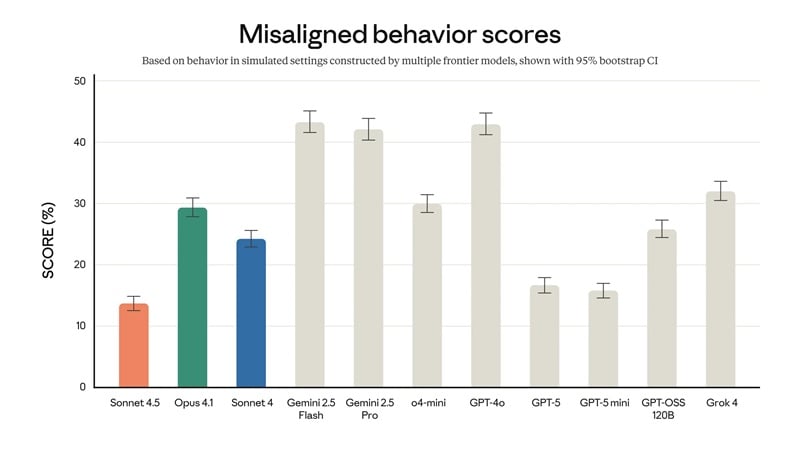
- 1. Most Aligned Model Yet: Anthropic proudly describes Claude Sonnet 4.5 as its “most aligned frontier model yet,” with major improvements in avoiding deception, power-seeking behaviors, and prompt-injection vulnerabilities.
- 2. Enhanced Reasoning and Math Skills: Claude shows substantial gains in long-form reasoning, STEM knowledge, math performance, and real-world planning, leading key benchmarks like SWE-bench and OSWorld.
Why It Matters: Stronger reasoning enables Claude to handle complex research, multi-step workflows, coding tasks, and analytical problem-solving with more accuracy.
- 3. Advanced AI Safety Level (ASL-3): Sonnet 4.5 operates under Anthropic’s ASL-3 safety classification, which includes stricter safeguards, better filtering of sensitive topics, and stronger defenses against misuse, particularly in high-risk areas involving chemical, biological, radiological, and nuclear (CBRN) threats.
Why It Matters: As concerns around AI misuse continue to grow, this level of safety allows organizations to deploy Claude more confidently in environments that require robustness and risk mitigation.
- 4. Custom Agent Creation: Anthropic now offers an Agent SDK that works with Claude, which helps developers build long-running, tool-using agents that can automate workflows and interact with external systems.
Why It Matters: You can move beyond single prompts and create full custom agents that perform tasks, call tools, and support end-to-end automation using Claude, which expands its role from assistant to operational co-worker.
Why It Matters: Higher alignment means safer, more predictable responses, especially important for enterprise, customer-facing, and regulated use cases.
Application Section - When/Where to Use Claude AI
By now, you've probably noticed what Claude is good for. It leans heavily toward strong reasoning, safety, and reliability rather than trying to be the flashiest model in the room. That's one of the biggest things that sets it apart from other AI models like GPT, Gemini, or Grok.
Another major difference is its use of Constitutional AI (CAI) to guide its behavior. This framework trains Claude to follow clear principles when making decisions, which then results in responses that are more transparent, consistent, and grounded in safety.
Claude Model Comparison
| Model | Opus 4.1 | Sonnet 4.5 | Haiku 4.5 |
| Performance Tier | Highest-end, most powerful | Mid-tier, balanced performance | Lightweight, optimized for speed |
| Pricing | $15 / input MTok $75 / output MTok |
$3 / input MTok $15 / output MTok |
$1 / input MTok $5 / output MTok |
| Primary Focus | Deep reasoning, complex analysis, advanced coding, research | Everyday productivity: writing, coding, business tasks, real-time assistance | Fast responses, high-volume tasks, and simple content generation |
| Speed | Slowest (Moderate) | Fast | Fastest |
| Extended Thinking | Yes | Yes | Yes |
| Accuracy | High accuracy even for complex or nuanced tasks | Strong accuracy across general tasks | Lower accuracy on complexity |
| Context Window | 200K tokens | 200K tokens / 1M tokens (beta) |
200K tokens |
| Max Output | 32K tokens | 64K tokens | 64K tokens |
| Ideal Use Cases | Research, legal or financial analysis, multi-step reasoning, full-scale app development | Writing, coding, content creation, brainstorming, structured tasks | UI scaffolding, small prompts, quick fixes, chatbots, customer support |
| Training Data Cutoff | March 2025 | July 2025 | July 2025 |
What is Claude AI Used for
Because of its multimodal design, Claude can handle many different types of tasks. But there are several areas where Claude especially excels.
- Answering Questions and Conducting Research: Claude is strong at breaking down complex topics. You can use it to pull key insights from long texts and get well-reasoned answers.
- Proofreading and Editing: Claude is especially good at catching inconsistencies, improving flow, and offering suggestions. It can help you refine writing for clarity and structure.
- Translating Between Languages: Claude supports multiple languages, including English, Spanish, Portuguese (Brazil), Italian, French, and Indonesian. These are among the languages where it performs particularly well for context-aware translations.
- Developing Business or Project Plans: In the business sector, Claude can help you outline strategies, create structured plans, and break big goals into actionable steps. It can also draft proposals, brainstorm ideas, and refine your overall direction.
- Writing and Reviewing Code: It’s already well-known that Claude has strong coding abilities. You can rely on it to generate code snippets, explain tricky logic, debug errors, and suggest improvements that make your code more efficient.
- Vision Analysis: Although it currently can’t generate images or produce multimedia outputs, you can still upload pictures, diagrams, and other visuals for Claude to analyze. It can interpret what’s shown, extract key details, and help you understand complex graphics.
Limitations to Be Aware Of:
Claude may be a powerful AI model in many areas, but some of its strengths also come with trade-offs. Its priorities of safety, accuracy, and careful reasoning can introduce limitations in creativity or flexibility.
Claude can analyze images you upload, but it can't create new images or videos. You will need another tool to do it for you.
Claude doesn't have live, real-time knowledge. It can't sense current events or update itself based on what's happening at the moment unless you provide the information.
Claude can't search the web or pull information directly from online sources. Everything it provides comes from its training data and what you share in the conversation.
Unlike GPT, which can store certain preferences through its memory feature, Claude does not retain information from one chat to the next. Each conversation starts fresh. It won't automatically remember personal details, past tasks, or anything you've shared before.
It may be good depending on how you see it, but Claude can't open or pull information from your private files, databases, accounts, or tools unless you manually upload or paste the content yourself.
How Claude AI Is Used in Video Production
As video content continues to dominate online platforms, Claude AI may lag behind its competitors in multimodal features since it's still primarily focused on text-based output. Even so, its strengths in writing, planning, and organizing ideas can still support you throughout the video creation process.
Common Applications for Video Creators:

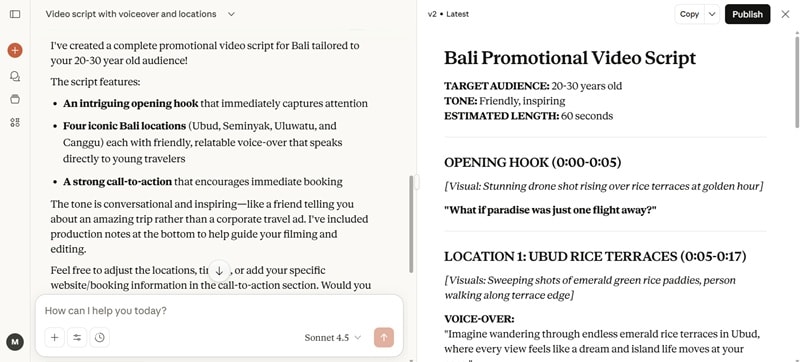

Practical Workflow Section - How to Use with Filmora
After coming up with a concept, script, or story with Claude, you can move into Wondershare Filmora to turn those ideas into a full video.
Filmora features AI Script-to-Video and AI Text-to-Video (for shorter, viral-worthy clips) that automatically turn written content into videos that are ready to edit. From there, you can still refine the pacing, adjust scenes, add transitions, captions, and voiceover, among other things, to polish it further.
How to Generate a Video from Your Script Using Filmora
